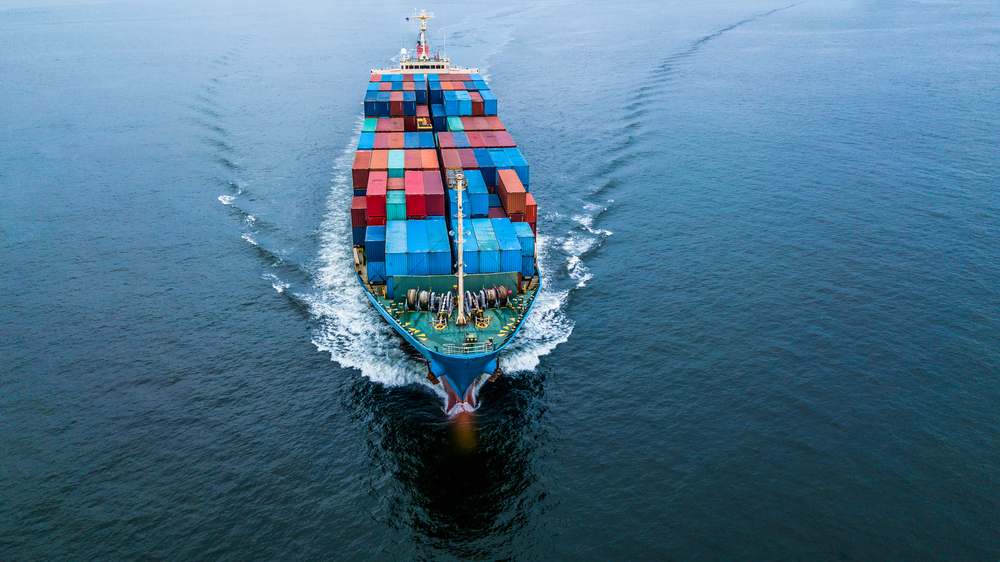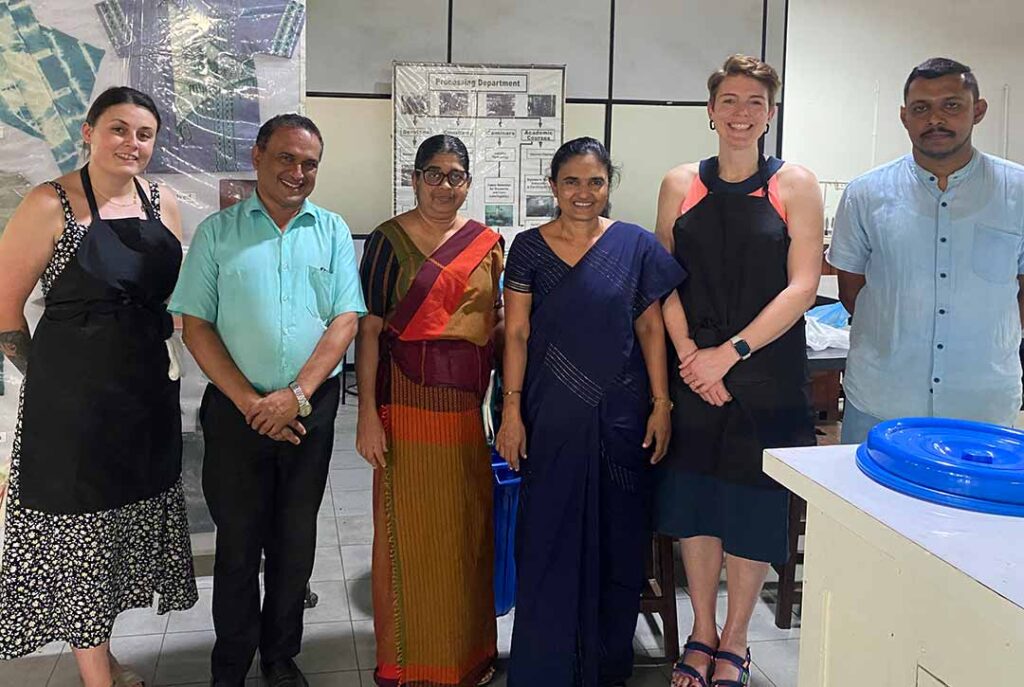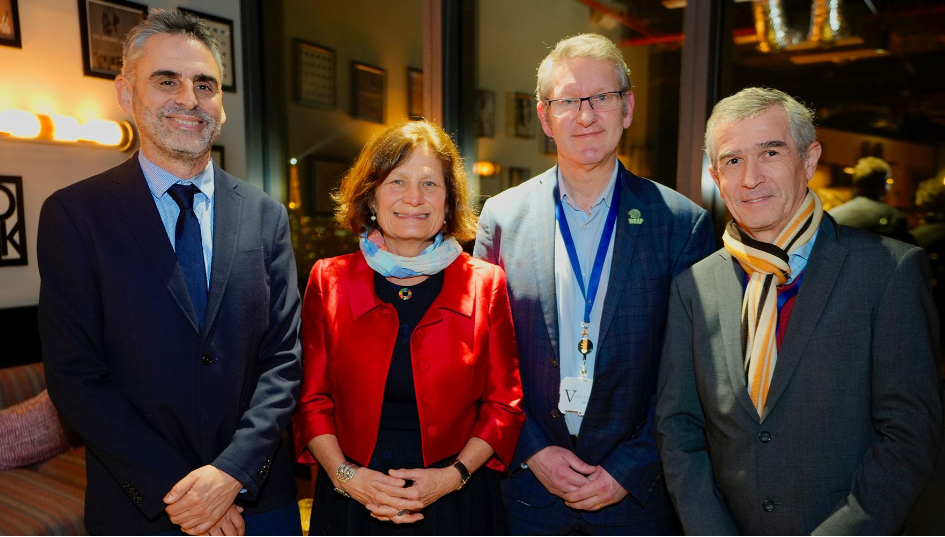This amounts to €100 billion a year if emissions remain unrestricted.
PFAS – also known as “forever chemicals” – consist of over 10,000 man-made chemicals which are almost indestructible without human intervention and have been linked to many illnesses, including cancers.
According to scientists, regulators and civil society, the “poison of the century” has created “the worst pollution crisis humanity has ever faced”.
The Forever Lobbying Project was created to investigate what it described as “an ongoing, orchestrated lobbying and disinformation campaign by the PFAS industry and its allies”. It was originally started by French newspaper Le Monde and now includes 29 partners.
The EU is currently considering proposals to ban forever chemicals and shift the responsibility of their clearance to producers.
Consisting of journalists and academic bodies, the project subjected key arguments supporting forever chemicals to a “stress test” and declared many of them as “fearmongering, false, misleading or potentially dishonest”.
The investigation described how industry lobbyists resort to influence tactics used previously to defend tobacco, fossil fuels and other chemicals and pesticides.
The research has been branded “expert-reviewed journalism” and involved 18 academics and lawyers from in Zurich, Stockholm, Toronto, Rotterdam, Bristol and more.
The project’s research involved the collection of over 14,000 unpublished documents on PFAS which are now available for public viewing at the University of California in San Francisco.
‘The Map of Forever Pollution’
In February 2023, the Forever Lobbying Project produced its inaugural research in the form of “The Map of Forever Pollution”.
The map showed that nearly 23,000 sites across Europe are contaminated by PFAS. A further 21,500 are “presumed contaminated”.
The map showed that there were 20 sites across Europe which still produce PFAS, 16 of which are now still active.
PFAS are primarily emitted into the environment by these facilities and later at the disposal stage.
They are present in industries such as textiles, metals, paint and plastics and rubber manufacturing.









Subscribe for free